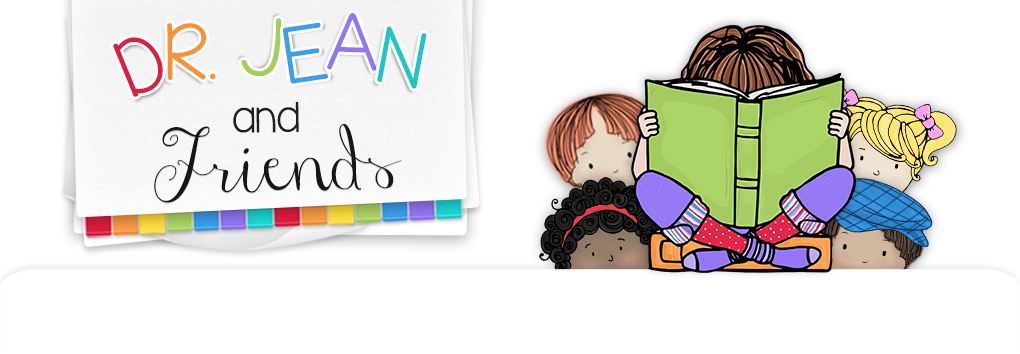This blog is in response to a phone call I received from a teacher last week. I hope this information will be useful to you in helping administrators understand the value of center time, as well as helping you balance what is best for children with your district’s expectations. Wish I were in charge of the world!!!!
I’m smiling because I was around when “learning centers” first appeared in the 1970’s. I’ve watched them evolve through the years and just like there are many ways to make chocolate chip cookies – there are many variations of centers. The goal is to make them taste “yummy” and fun. Learning centers can be called learning stations, interest centers, activity centers, etc., but whatever the label the goal is to provide children with the opportunity to learn independently or with a small group.
WHY USE LEARNING CENTERS?
Let’s take a look at a few of the current “buzz” words and see how they support learning centers.
Intentional Teaching – You can create centers for a specific purpose to reinforce standards and skills.
*Now, don’t get all ruffled because centers might have an academic focus. There are peripheral advantages to working at a center vs. doing a worksheet. In centers children can communicate with friends and they are usually more hands-on.
Purposeful Practice for Automaticity – Standards require children to repeat and practice skills. Learning centers can provide multiple opportunities for repetition using different materials.
Active Learning – The more senses you activate the more likely the message will get to the brain and stay in the brain. Most center activities are hands-on and engage multiple senses.
Challenging and Playful – Research emphasizes the importance of academic skills, but also the need to remember that young children need to be ENGAGED in meaningful and fun ways. Games, play dough, art, and concrete materials in centers can provide this balance.

Note! If you’ll go to my website (drjean.org) and click on July and August, 2014, you will find dozens of practical ideas that make “simply” fun centers!
Executive Function – EF seems to be a bigger predictor of life success and academic success than IQ. A key behavior that we want to develop is task initiation and task completion. What better way to do this than with a center activity where children start and finish a task? Centers also nurture responsibility and independence.
2lst Century Skills – The focus of most curriculums is on academic skills, but the Skills for the 21st Century remind us to integrate social and emotional goals. Creativity, cooperation, communication, and collaboration are the 4 “C’s” of 21st Century Skills that are nurtured when children work in centers.
My Administrator Wants ACADEMIC Centers with RIGOR…
Check out the “I CAN” Center Cards that Carolyn Kisloski helped me create. This will be a visible way to show what children are focusing on at different centers in your classoom.

Have To and Want To
Some of you struggle with the issue of making centers so academic that children can’t choose what they’d like to do or be creative. One way around that is to offer a “have to” at the center as well as a “want to.” When children have completed the required task you can have more open-ended materials for them to explore.
Hint! One teacher called the primary activity the “main course” and the optional activities “dessert.”
Come back tomorrow and I’ll share some ideas for center management.

